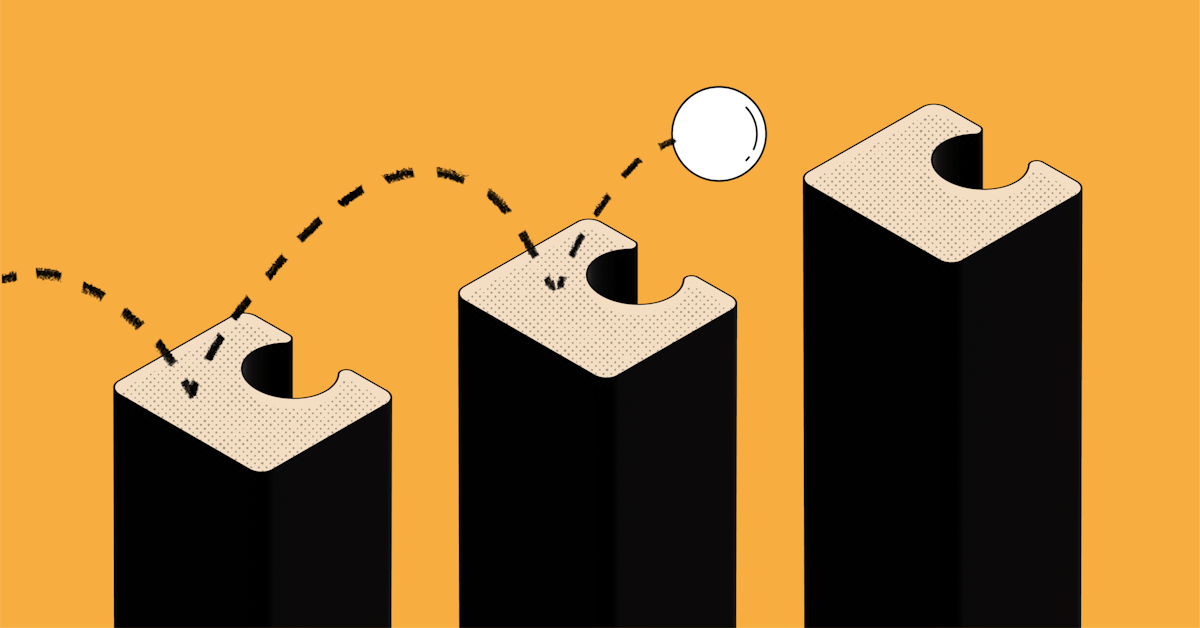How our eng team leverages Coda to deliver projects on time
We optimize our workflows by connecting Coda to Jira, GitHub, Slack, and all our other tools — and go from tables and lists to Gantt charts and flowcharts.


Camelia Dobrin
Software Engineer at Coda
Engineering · 6 min read
How Coda simplifies workflow management.
Managing workflows used to mean constantly switching between different applications. Eng teams would track and assign issues in Jira, then chat through them in Slack. They’d collaborate in GitHub, brainstorm and ideate in docs or spreadsheets, then get decisions in Slack, different documents, or email. With Coda, you can pull everything into one surface, creating a single source of truth for all of your engineering projects. Coda also integrates seamlessly with Jira (and over 500 other tools) to deliver unparalleled task tracking, visualization, and reporting capabilities. Here are four ways we leverage Coda to deliver our projects on time.1. Connecting Jira and Coda in real-time with two-way sync.
Two-way sync is a fancy way of saying that both platforms are connected in real-time. When you make an edit in Jira, for example, that change will be reflected in Coda as well, and vice versa. How does this make our workflow management more efficient? For one, we aren’t constantly jumping back and forth between Jira and Coda or copying and pasting information from one platform to the other. That means more time for us to actually spend developing and testing features and collaborating on big-picture ideas. For another, we never have to worry whether our data, either in Coda or in Jira, is out-of-date or otherwise inaccurate. Since everything is updated automatically, our team can rest assured that we’re working with clean data. And finally, by bringing our Jira content into Coda, we’ve put it right at the fingertips of our team, in the place where they’re used to working and collaborating. Enabling two-way sync is super easy. First, you need to get the Coda Jira Pack (aka integration). Then, once you’ve connected your platforms, simply switch on the two-way sync toggle . This integration also allows you to pull Jira issues into Coda, customize your issues table, and even create Jira issues directly from Coda.2. Visualizing our projects with Gantt charts and timelines.
Lists of tasks don’t cut it when it comes to workflow management—engineering team members want to see what’s due, when, and how it fits into wider company and product initiatives. Gantt charts, for example, are visual flowcharts of all the tasks involved in a single project. At Coda, we call them timelines, and they’re a game-changer for keeping our team on track. Any table in Coda (a table of Jira issues, for instance) can become a Gantt chart with just a few clicks. And because it’s a table at its core, you can filter, sort, and group your tasks any way you’d like. For example, you might want to filter or group by task owner, or use conditional formatting to color-code your timeline. Or you can display the same data in different formats, like calendar or card views. In Coda, timelines/Gantt charts update automatically if you change a deadline or due date. In addition, you can easily create milestones and set and enforce dependencies from either the table or timeline view. For more info on Gantt charts in Coda, check out our help article.3. Leveraging automations to speed up our processes.
On my eng team, we leverage Coda’s many automation capabilities to ship faster, as well as ensure nothing gets lost in the shuffle. Our automations have two parts: when and then. By setting these parameters, we tell the automation exactly which triggers to act on and what tasks to complete. For example, whenever you edit an issue in a Jira table, an automation then sends a notification to your team via email or Slack. Buttons are another powerful way to simplify your workflows. Once pressed, a Coda button follows a set of predetermined actions. They can send Slack reminders to your team, update Jira records, and even press other buttons that trigger more actions. Any time you complete a task in your workflow, for instance, you might press a button that instantly notifies the next stakeholder in line. Want to learn more about buttons and automations in Coda? Read this blog post.4. Tracking task status in a single workspace.
Task tracking is a big part of workflow management and critical to meeting engineering deadlines. The problem many teams run into is that task status, percent completion, dependencies, etc. live in different systems. Coda, however, brings all of that information into one easily accessible canvas. This single source of truth fosters transparency, collaboration, and efficiency. Plus, Coda comes with several handy task tracking templates that your team can make their own. Track objectives and milestones, OKRs, tasks and projects, and more right within your favorite workspace.












